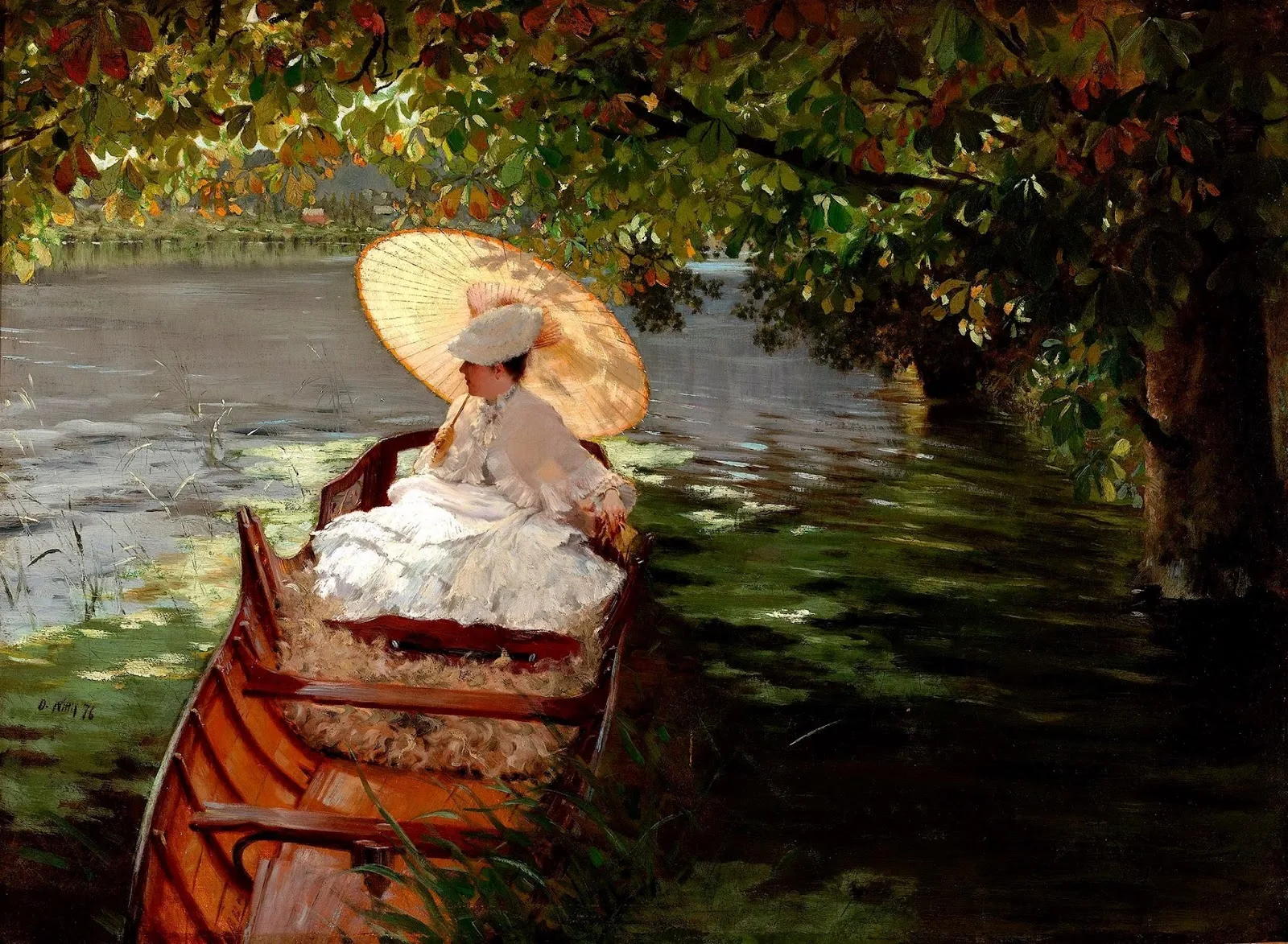Johan Erik Ericson (1849-1925) was a Swedish landscape painter.
He was born to Anders Eriksson, a woodcarver, and his wife Johanna, née Petersson. His father emigrated to America when he was only four.
From 1872 to 1878, he studied at the Royal Institute of Art, where his primary teacher was Per Daniel Holm.
This was followed by studies in France from 1878 to 1884, where he came under the influence of the Impressionists and served as an assistant in the studios of Alfred Wahlberg.








































